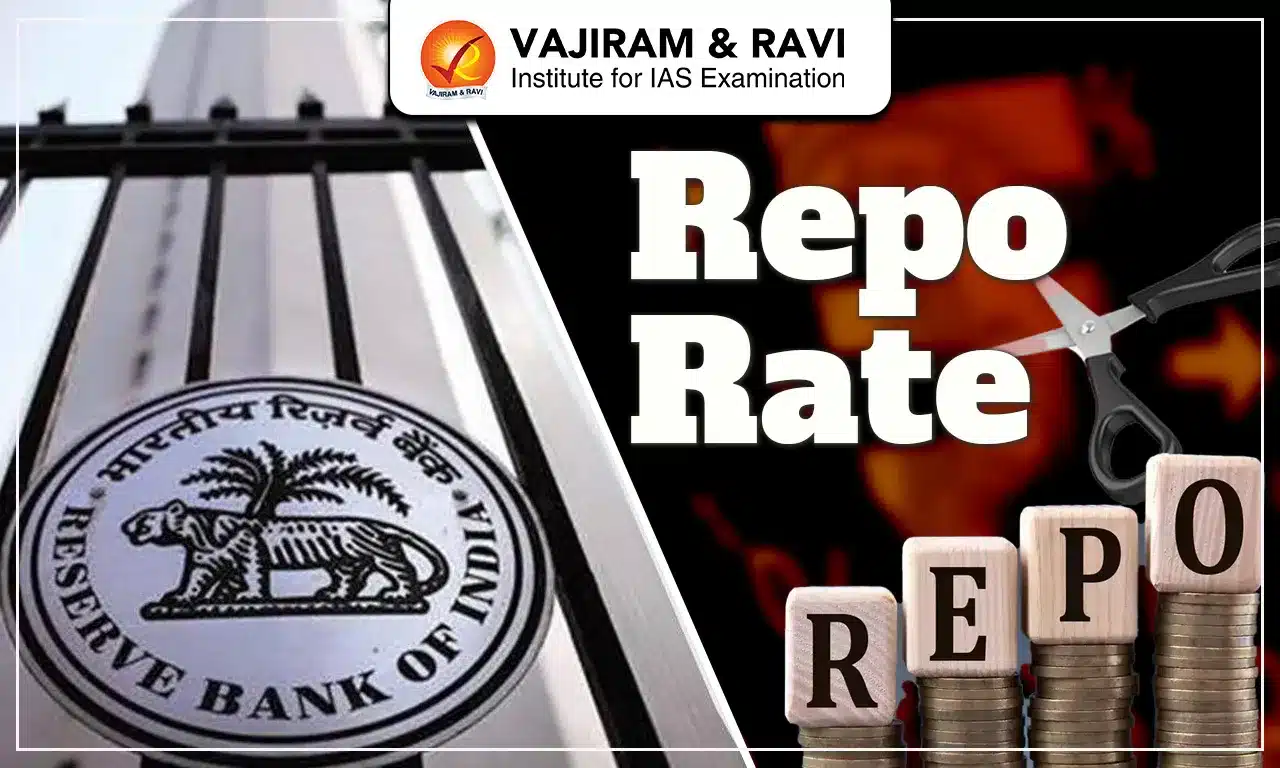Bond Yield Latest News
Yield on India’s benchmark 10-year bonds will stay soft in July, according to Bank of Baroda (BoB) Research.
What is a Bond?
- A bond is a loan made by an investor to a borrower for a set period of time in return for regular interest payments.
- The time from when the bond is issued to when the borrower has agreed to pay the loan back is called its ‘term to maturity’.
- The bond issuer uses the money raised from bonds to undertake various activities such as funding expansion projects, refinancing existing debt, undertaking welfare activities, etc.
What is Bond Yield?
- It is the return an investor expects to receive each year over its term to maturity.
- It partially depends on coupon payments, which refer to the periodic interest income obtained as a reward for holding bonds.
- The bondholders receive the bond’s face value at the end of the bond’s life. However, one may buy bonds at par value, discount (at a price lower than par value), or premium (at a price higher than par value) as they trade in the secondary market.
- Therefore, the prevailing market price of bonds also affects the bond yield.
- It is calculated by using the following formula:
- Bond Yield = Coupon Amount/Price
Bond Yield vs. Bond Price
- The prices at which investors buy and sell bonds in the secondary market move in the opposite direction to the yields they expect to receive .
- Once a bond is issued, it offers fixed interest payments to its owner over its term to maturity, which does not change.
- However, interest rates in financial markets change all the time, and, as a result, new bonds that are issued will offer different interest payments to investors than existing bonds.
- For example, suppose interest rates fall. New bonds that are issued will now offer lower interest payments.
- This makes existing bonds that were issued before the fall in interest rates more valuable to investors, because they offer higher interest payments compared to new bonds.
- As a result, the price of existing bonds will increase.
- Bond yield is the earning of an investor from a bond over a specific tenure, expressed in a percentage. It is dependent on the interest rate and bond price.
- As a result, when the interest rate falls, and the bond price is higher than the face value of the bond, your bond yield will be lower than the coupon rate.
- Similarly, when interest rates rise and bond prices are lower than the face value, your bond yield will be higher than the coupon rate.
Source: TH
Last updated on November, 2025
→ Check out the latest UPSC Syllabus 2026 here.
→ Join Vajiram & Ravi’s Interview Guidance Programme for expert help to crack your final UPSC stage.
→ UPSC Mains Result 2025 is now out.
→ UPSC Notification 2026 is scheduled to be released on January 14, 2026.
→ UPSC Calendar 2026 is released on 15th May, 2025.
→ The UPSC Vacancy 2025 were released 1129, out of which 979 were for UPSC CSE and remaining 150 are for UPSC IFoS.
→ UPSC Prelims 2026 will be conducted on 24th May, 2026 & UPSC Mains 2026 will be conducted on 21st August 2026.
→ The UPSC Selection Process is of 3 stages-Prelims, Mains and Interview.
→ UPSC Result 2024 is released with latest UPSC Marksheet 2024. Check Now!
→ UPSC Prelims Result 2025 is out now for the CSE held on 25 May 2025.
→ UPSC Toppers List 2024 is released now. Shakti Dubey is UPSC AIR 1 2024 Topper.
→ UPSC Prelims Question Paper 2025 and Unofficial Prelims Answer Key 2025 are available now.
→ UPSC Mains Question Paper 2025 is out for Essay, GS 1, 2, 3 & GS 4.
→ UPSC Mains Indian Language Question Paper 2025 is now out.
→ UPSC Mains Optional Question Paper 2025 is now out.
→ Also check Best IAS Coaching in Delhi
Bond Yield FAQs
Q1. What is a bond?+
Q2. What is the formula for calculating Bond Yield?+
Q3. When interest rates rise in the market, what happens to bond yields and prices respectively?+
Q4. What makes existing bonds more attractive when market interest rates fall?+
Q5. If the market price of a bond is higher than face value, how does this affect bond yield compared to the coupon rate?+
Tags: bond yield prelims pointers upsc prelims current affairs

















